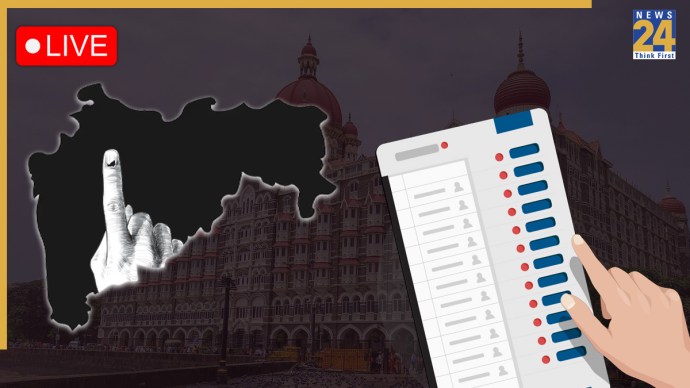Has Republican candidate Donald Trump got a marginal lead over his Democrat rival Kamala Harris? It is too early and risky to predict an election that has been marked as the most keenly contested US Presidential Election.
After incumbent US President Joe Biden pulled out of the race for the White House in July, there was a euphoria in not only the Democrat voters, but also the US voters in general. Most of the people took a sigh of relief considering the dismal performance of Joe Biden in the first Presidential Debate held with Donald Trump.
Kamala Harris Gets Early Lead
Kamala Harris started the campaign officially with a bang, she received a lead over her Republican rival from 2 percentage points to six percentage points in some states. In most of the national polls and surveys, she managed to keep the lead of 2-3 percentage points.
However, after the initial euphoria disappeared and the dust settled down her margin nosedived. This was mainly due to the ultra-nationalist approach of the Grand Old Party as Donald Trump raked up the issues of ‘Make America Great Again’ and ‘America First.
Donald Trump Catches Up Kamala Harris
He continued attacking the trade policies of the Joe Biden administration and made it his electoral plank that the economic condition of the average American has deteriorated in the last four years.
Donald Trump also made his anti-immigration approach clear and held Kamala Harris responsible for allegedly failing to stop the influx of immigrants.
On the waves of his rhetoric, Donald Trump’s popularity surged quickly in most states. Consequently, the lead of Kamala Harris came down to one percent as she enjoyed 48% compared to 47% vote on the day of the election.
Who Has Lead In Swing States?
However, this is not the end of the story. Though most of the states have made their choice clear in one way or the other, seven swing states have kept the card to their chests.
The swing states or battleground states are those states where both of the candidates have an equal chance of winning the election.
There are seven swig states- Arizona, Georgia, Michigan, Nevada, North Carolina, Pennsylvania, and Wisconsin.
They have 93 electoral college seats in total with California having the maximum of 19 electoral college votes.
If reports are to be believed, Kamala Harris has an edge over Donald Trump in Pennsylvania, and as the state goes with “winner takes all” system, all 19 electoral college votes she may get.
Trump Has Lead In These Swing States
In the battleground states of Arizona, Georgia, Nevada, and North Carolina, the lead though marginal has changed hands many times since August but the Republican candidate enjoyed a small lead.
Harris Has Lead In These Swing States
On the other hand, Kamala Harris enjoyed a marginal lead over Trump in the swing states of Michigan, Pennsylvania, and Wisconsin. She maintained the lead of two or three points till the day of the polling.
These three are the states that were Democratic strongholds before Trump turned them red in 2016. However, Biden reclaimed these states in 2020. If Kamala Harris could manage to maintain this lead, she may be on course to win the US Presidential Election 2024.
If reports are to be believed, she has maintained this lead till the day of the voting.
Who Has More Electoral College Votes?
The latest media reports suggest that Kamala Harris enjoys the lead in Pennsylvania (19), Michigan (15) and Wisconsin (10) while Donald Trump has lead in Nevada (6), Georgia (16), North Carolina (16), and Arizona (11).
If this calculation comes true, Kamala Harris may get 44 electoral college votes while Donald Trump may get 49.
What May Happen?
However, this calculation may go wrong and the result may be just the opposite considering the fact that these are just estimated margins in the respective swing states and the real voting pattern may not follow the path depicted by the surveys.
Ironically, seven states with 93 electoral college votes should decide the fate of the entire country that has as many as 538 electoral college votes. However, this is the system of election that the people of the USA have decided to follow.













